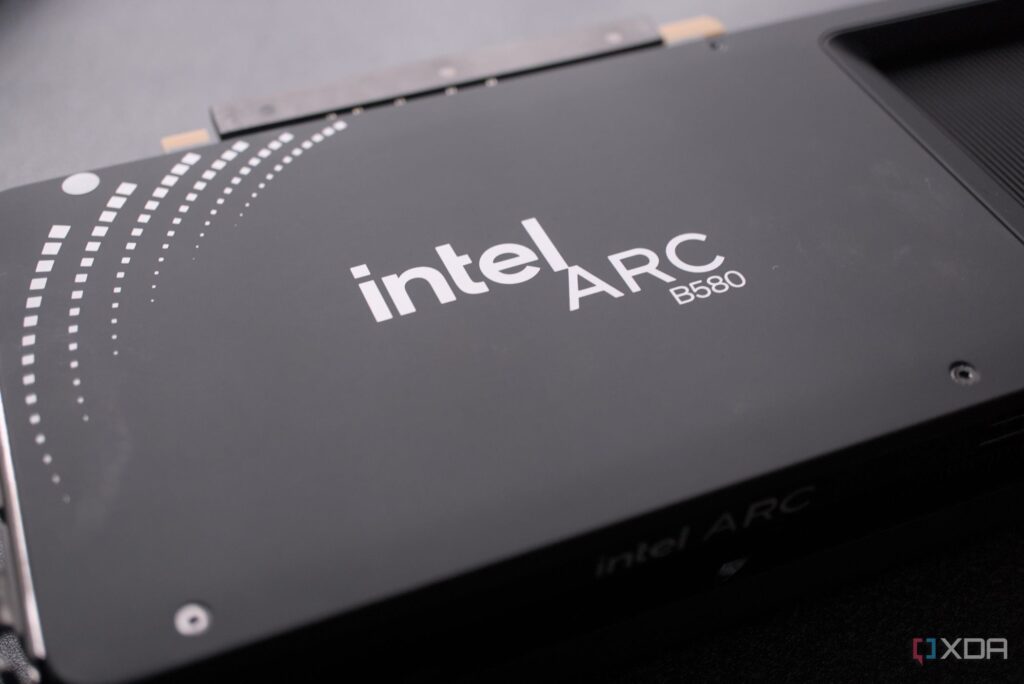
URGENT UPDATE: Nvidia has just announced a groundbreaking partnership with Intel, valued at a staggering $5 billion, that is set to reshape the AI and personal computing landscapes. This deal, confirmed earlier today, allows Intel to design and manufacture custom data center and client CPUs utilizing Nvidia’s NVLink technology, marking a significant shift in the tech industry.
This partnership is particularly crucial as it positions Intel’s Arc GPU platform for potential breakthroughs, despite concerns about its viability. Intel and Nvidia aim to integrate their technologies, which could lead to an unprecedented synergy in AI-driven applications and gaming performance.
Nvidia’s investment comes as both companies seek to enhance their offerings in the rapidly expanding AI market. The deal focuses primarily on AI and data centers, allowing for enhanced connectivity between Intel CPUs and Nvidia GPUs. However, the implications for gaming cannot be overlooked, as this collaboration could ultimately benefit Intel’s discrete GPU business.
Under this agreement, Intel will produce client system-on-chips (SoCs) that incorporate Nvidia’s RTX GPU chiplets. While these chips aren’t expected to launch until 2026, there’s speculation that they could replace Intel’s current Xe GPU cores by 2027, potentially jeopardizing the Arc platform’s future. Yet, integrating Nvidia’s advanced RTX technology with Intel’s existing products could also elevate Arc into a competitive gaming powerhouse.
“This deal could redefine Intel’s role in the GPU market,” an industry analyst stated, highlighting the potential for collaboration between the two tech giants.
The Arc GPUs, which debuted with the Intel Arc A750 and A770 in 2022, have been steadily improving. The upcoming Arc B580 is already considered a strong contender in the budget gaming segment. However, the partnership could provide the necessary boost to expand Arc’s game library and overall performance, leveraging Nvidia’s expertise in AI and graphics technology.
Nvidia’s DLSS (Deep Learning Super Sampling) and Intel’s XeSS (Xe Super Sampling) technologies represent a critical advancement in gaming graphics. The combination of these technologies could address one of Arc’s primary shortcomings: its limited collection of optimized games. Nvidia’s robust industry connections and resources could bridge this gap.
While the immediate focus is on AI applications, the gaming industry could see substantial benefits from the advancements stemming from this partnership. Intel’s recent innovations, such as the Lunar Lake platform designed for AI applications, have already shown improved graphics performance, indicating a promising future for gaming capabilities.
As more details of this partnership emerge, the tech community is buzzing with speculation. The collaboration may solely focus on data centers and AI technology, potentially bypassing gaming altogether. Alternatively, it could lead to significant advancements in both Intel’s Arc and Nvidia’s GeForce platforms.
With the tech world watching closely, the full impact of this deal is still unfolding. Intel’s fabrication sites in Arizona and Oregon are ramping up production to meet growing demands, particularly for the 2 nanometer process. Nvidia’s need for a domestic manufacturing partner amidst US tariffs adds another layer of urgency to this partnership.
As we await further announcements, the stakes are high for both companies. The Nvidia and Intel collaboration could either fortify Intel’s position in the GPU market or lead to the decline of its Arc platform. The coming years will be critical in determining the trajectory of both companies in the competitive landscape of AI and gaming.
Stay tuned for real-time updates as this story develops, and how it may reshape the future of computing and gaming.






